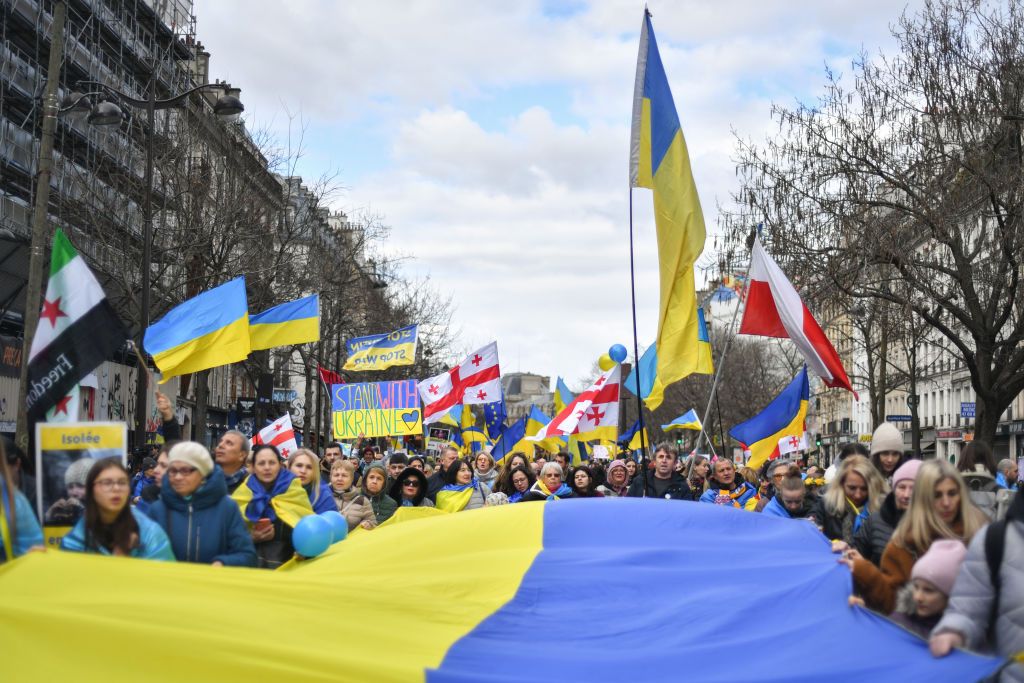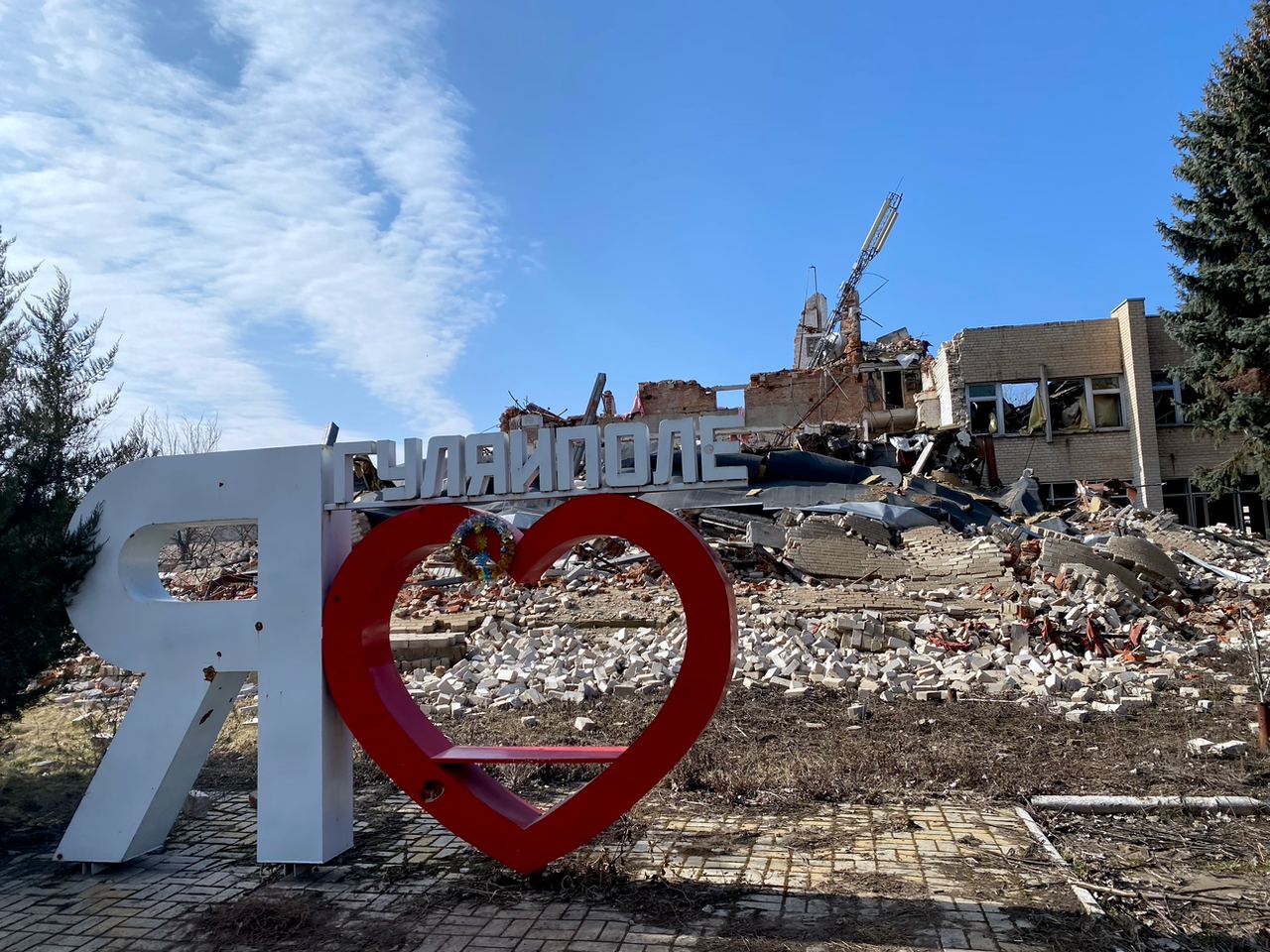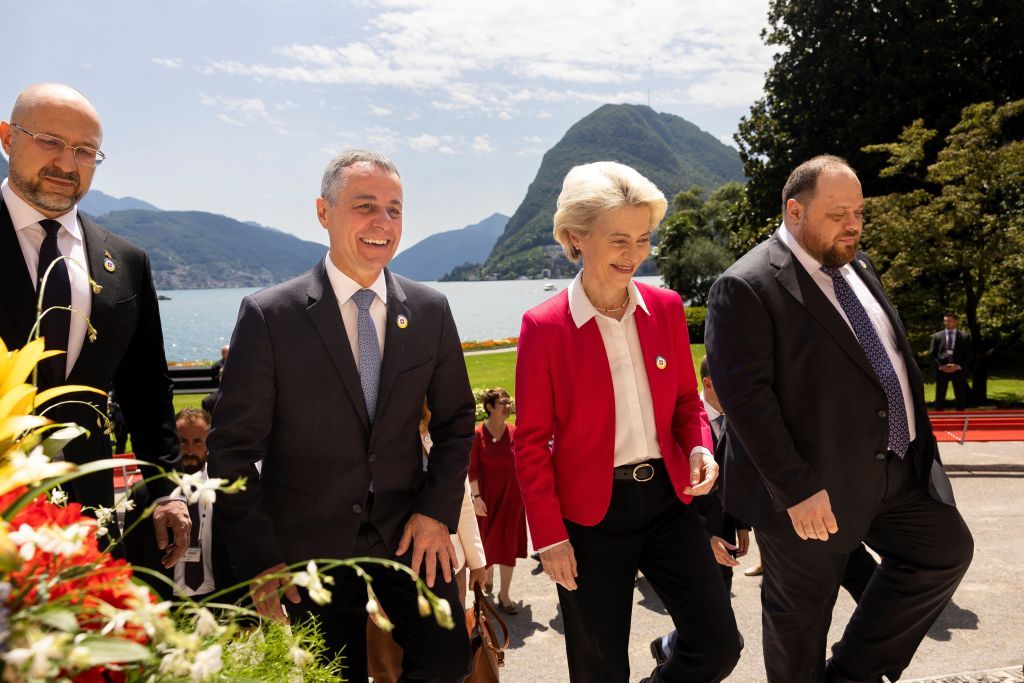Group of authors: Surveys show Ukrainians don't want 'Kalashnikov society'

Editor's Note: The opinions expressed in the op-ed section are those of the authors and do not purport to reflect the views of the Kyiv Independent. The authors' research was funded by an Insight Grant from the Social Sciences and Research Council of Canada.
Images of warlords and militias from post-conflict societies around the world remind us that wars often lead to the proliferation of firearms, in turn fueling violence and lawlessness long after the main fighting ceases.
Such normalization of gun ownership and use, often dubbed the “Kalashnikov Culture,” has been a long-term result of armed conflict in many Global South societies.
As Ukrainians and their Western allies begin to plan for the country’s postwar reconstruction, an obvious question is whether Ukraine will also develop such a Kalashnikov Culture, with armed civilians and perhaps non-state groups undermining efforts to rebuild public order.
To answer this question, we recently fielded a survey of Ukrainian public opinion and behavior related to guns. Our poll paints a more nuanced picture than the “Kalashnikov” trope might suggest.
True, the data show that the current war has influenced Ukrainians to develop more positive attitudes toward guns and gun ownership. Moreover, post-war Ukraine will likely experience sharper debates about the role of firearms, possibly leading to some permanent liberalization of policies.
Nevertheless, even after using different survey methods to probe sensitive issues, we do not find a mass shift toward civilian gun acquisition, and Ukrainians’ attitudes toward firearms remain mixed and ambivalent.
All this suggests that post-war Ukraine is unlikely to be a country of gun-slinging outlaws.
Ukraine, like other post-Soviet countries, has no recent experience with legal ownership of handguns.
In the Soviet Union, although long guns were available for hunting, albeit with significant restrictions, handguns were essentially banned. Soviet gun laws, for the most part, remained intact in independent Ukraine, and before Russia’s full-scale invasion in 2022, the Ukrainian government remained firmly committed to restrictive gun policies.
Although a small gun-rights movement advocated for liberalization, polls indicated most Ukrainians did not support the free possession of handguns.
For example, according to an August 2015 survey, only 11% supported gun liberalization, while 80% did not, a figure that remained stable despite the onset of the war in eastern Ukraine.
Similarly, a 2021 survey estimated that 73% of Ukrainians did not believe that guns increased personal safety, with women markedly less enthusiastic about firearms than men.
Thus, before February 2022 the Ukrainian government and the public were largely in step, with both opposing the placement of placing guns in private, non-state hands.
However, as work by our team and others has shown, both official policies and public attitudes toward guns have shifted with the onset of the war. In a series of moves, the government has temporarily liberalized the rules governing gun ownership.
On March 3, 2022, President Volodymyr Zelensky signed a law regulating the civilian use of weapons during wartime, under which civilians may be issued with firearms to use in repelling Russia’s armed aggression; the law also provides them with the legal right to fire on Russian soldiers.
In addition, Ukraine's former Interior Minister Denys Monastyrskyi signed a decree enabling civilians to rapidly acquire a license for previously prohibited forms of firearms.
Finally, on March 24, 2022, Ukraine’s parliament enacted a law temporarily decriminalizing the unlawful possession of firearms.
All these new policies are temporary wartime measures that will expire with the end of the current state of emergency, that is, upon the termination of Russia’s invasion.
Likewise, public opinion polls show a shift toward greater support for liberalized gun policies among Ukrainian citizens.
In May 2022, the research group Rating released its 11th annual survey, revealing that during the war the proportion of Ukrainians who support granting civilians the right to own firearms had doubled. Legalizing handguns was now supported by 58% of respondents, with only 39% against.
For the first time in the history of the study, supporters of legalization outnumbered opponents.
In addition, our nationally representative multimode telephone and internet survey carried out by the survey company InfoSapiens between July 25 and Aug. 1, 2022, adds more detail about Ukrainians’ support for legal change.
By an approximately 60% to 40% margin, Ukrainians say they support the temporary liberalization measures outlined above, although men and women differ markedly, with women roughly equally split on these policy changes and 75% of men supporting them.
A more mixed picture emerges when Ukrainians are asked whether they support the permanent legalization of “handgun” ownership, with just over 50% now in favor and slightly under 50% opposed, and a similar gender divide.
In both questions, we also found that differences in age and first language (Ukrainian or Russian) had remarkably little impact on Ukrainians’ views on gun liberalization, suggesting that shifts in opinion have occurred across these demographic divides.
Our survey also strikingly confirmed that guns have become more prevalent and popular in Ukrainian society.
Before the war, few Ukrainians legally owned a gun, and those who did were primarily men. This followed the pattern of the European Union where, according to the 2013 Eurobarometer poll, 9% of men and 2% of women said they owned such weapons.
However, more than 50% of our respondents told us they believe that civilian gun possession has become more common since the onset of the full-scale invasion in February 2022.
As this survey result follows the introduction of policies to temporarily liberalize gun ownership, it may suggest that people are now being more open about their ownership of previously illegal guns.
We also asked Ukrainians whether they have already acquired or are considering acquiring guns because of the war.
Like other surveys, we found that only a small proportion—about 8%—of Ukrainians, primarily men, now say they own a gun “for self-defense,” with only about a quarter of those saying they obtained these guns shortly before or since the full-scale invasion in February.
Although some Ukrainians (about 8%) also report trying but failing to acquire a gun due to shortages, these results do not indicate a massive drive to acquire firearms.
On the other hand, there is clearer evidence that the idea of acquiring a gun has become normalized for many Ukrainians. Among those who report not currently owning a gun, some 40% now say they are “considering obtaining a gun for self−defense.”
Again, there is a noticeable gender divide with men nearly twice as likely as women to wish to acquire a gun for self-defense.
Taken together, these results demonstrate a significant reversal in the prewar, largely prohibitive, attitudes toward guns, with more and more Ukrainians now supportive of gun ownership. Nevertheless, a sizeable proportion of Ukrainians are still opposed to the presence of guns in civilian society, and most are not personally interested in owning them.
With Ukraine still in the throes of Europe’s largest conflict since World War II, it is reasonable to ask how much we can read into survey results conducted in wartime.
It is likely that at least some changes to attitudes toward guns may be temporary, with some people seeing more permissive policies as an adjustment to wartime necessities rather than a desirable permanent outcome.
However, together with other surveys, our results do indicate that gun liberalization is likely to represent a long-term source of debate in Ukrainian society even after the war, with many if not most Ukrainians now seeing guns as normal and desirable, and a narrow majority now supporting liberalized policies, including for handguns.
The notable divide between men and women we found in our survey suggests that these debates may play out in a gendered manner resembling that in other countries, including the United States.
In a way, these results are not surprising.
As noted above, post-conflict societies in the Global South have also experienced similar changes in attitudes toward weapon ownership, with postwar disarmament programs a frequent response. Such programs may also be needed in Ukraine, especially as the country could become a source of illegal firearms, both military and civilian, on the international black market.
However, it is important not to assume that the Kalashnikov effect is an inevitable feature of post-War Ukrainian life.
Ukraine is an industrialized European society, with a strong tradition of gun laws as least as strict as most other European countries, and a shared understanding among nearly all citizens that the state is primarily responsible for protecting the public from violence. While it remains to be seen how the country’s democracy will process this controversial issue, there are reasons to believe that moderation and prudence will prevail.
In earlier studies, we found that even in the post-Soviet countries that have moved furthest from prohibitive Soviet gun regulation, Georgia and Estonia, recent policies have been well within the European mainstream, even as the two countries differ somewhat in their regulatory approaches.
In Georgia, where the government liberalized firearms legislation in the wake of civil war and organized crime violence, gun policies facilitate citizens’ lawful acquisition of handguns through liberal licensing policies, while prohibiting automatic weapons and restricting the gun carriage in urban areas.
Estonia’s policies focus more on stringent licensing requirements while also seeking to integrate individual gun ownership into a holistic model of national security.
Yet both governments seek a balance between public demand for weapons and the risks to public safety that come with gun proliferation, reflecting public attitudes toward guns that remain relatively conservative compared to those in, say, the United States.
In coming years, some combination of the Estonian and Georgian gun policies could well take shape in Ukraine.
Indeed, Zelensky has already told Ukrainians that even after the current war, the risk of Russian aggression will remain for the foreseeable future, suggesting that like Estonia, Ukraine may need a comprehensive approach to national security that draws on citizens’ own initiative and interests, rather than simply reinforcing the state’s total monopoly on the means of force.
For Ukrainian policymakers and friends of Ukraine, the challenge will be to help citizens reacclimate to peacetime conditions of public order, while responding to their changing views on maintaining personal and community security in a modern, pluralistic democracy.


















